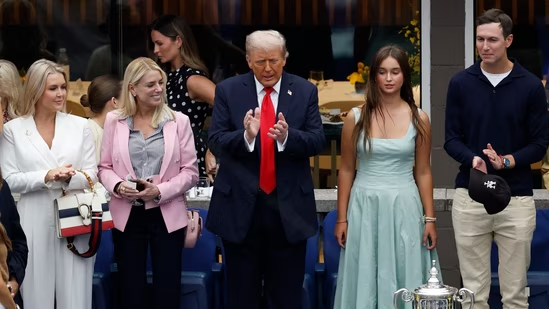
During the recent U.S. Open men’s final, viewers watching ABC’s live broadcast were surprised to hear loud boos erupting as Donald Trump was shown in the stands—despite the U.S. Tennis Association’s reported efforts to suppress or minimize such reactions on air. In a time when public figures tightly control narratives and networks often sanitize live broadcasts, the unfiltered moment felt refreshingly authentic. It served as a stark reminder that public sentiment cannot always be polished out or edited away, especially when strong political figures evoke equally strong responses. The fact that the disapproval made it to national airwaves—raw and unrehearsed—highlights the importance of transparency in media and reinforces the idea that live sports, often considered a neutral space, are not immune from the real-world opinions of their audiences. Whether one agrees with the sentiment or not, the ability for citizens to voice their views—through cheers or boos—remains a vital part of democratic expression, and letting those reactions air without censorship respects the intelligence and voice of the public.





